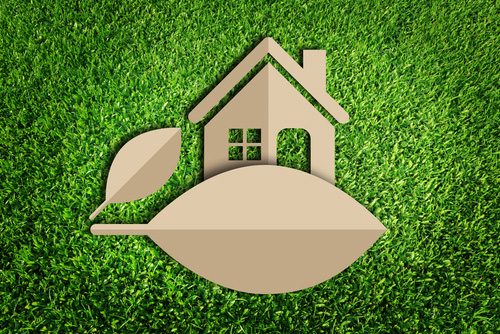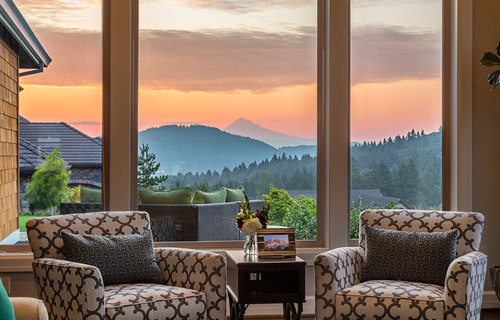Sustainable Design
“Sustainable,” or “Green” design, is now a well-established tenet of architectural design. Definitions of Sustainability typically include the following ideas:
- Meeting the needs of the current generation, without compromising the ability of future generations to meet their own needs. These needs include clean air, clean water, nutritious food, healthy land and forests, solar access, as well as the raw materials to provide for our shelter and well being.
- The ability of an organism or system to continue to persist using only the resources contained within.
- A method of harvesting or using a resource so that the resource is not depleted or permanently damaged.
 It should be obvious to anyone who knows about our current commercial and industrial practices that we are not currently meeting any of those definitions. And the construction sector contributes greatly to the problem. Or, more appropriately, it reduces our ability to continue to meet our needs. The US contributes a disproportionate share to the problem: we have only +/- 5% of the Earth’s population, but use +/- 25% of the resources, and generate +/- 25% of the waste.
It should be obvious to anyone who knows about our current commercial and industrial practices that we are not currently meeting any of those definitions. And the construction sector contributes greatly to the problem. Or, more appropriately, it reduces our ability to continue to meet our needs. The US contributes a disproportionate share to the problem: we have only +/- 5% of the Earth’s population, but use +/- 25% of the resources, and generate +/- 25% of the waste.
Sustainability’s first appearance in modern times happened in the 1970s in response to spiking energy costs. But the focus on only energy efficiency often resulted in ugly buildings that also often had poor air quality due to being sealed up too tightly without ventilation to bring in fresh air.
The industry has matured greatly and Green Design now addresses all the aspects of building:
- Sustainable Sites — Minimizing impact on local and regional land and resources
- Resource and Material Efficiency — Energy, Water, and Building Products
- Renewable Energy Sources — Passive and Active Solar Design, Wind and Geothermal
- Indoor Environmental Quality — Thermal, Visual and Acoustic Comfort
- Sustainable Systems – HVAC, Plumbing, and Electrical
 One aspect of building that is not technically considered under the term sustainable, is aesthetics. Beauty is absolutely essential to a building’s long term sustainability, as beautiful buildings are better cared for, and preserved for future generations.
One aspect of building that is not technically considered under the term sustainable, is aesthetics. Beauty is absolutely essential to a building’s long term sustainability, as beautiful buildings are better cared for, and preserved for future generations.
The benefits of sustainable design are many, and when all aspects of our earth, society and economic system are considered, we make better buildings. Another way to put it is to consider “People, Planet and Profit.” Done correctly, it is a win+win+win proposition:
- People — A green building’s occupants enjoy enhanced health, comfort and safety benefits, such as greater thermal comfort, better visual quality, improved indoor air quality, enhanced morale, and a deeper connection to nature.
- Planet — The local community benefits from minimizing the strain on infrastructures and ecosystems, as well as decreased local pollution. The regional, and global environment benefits by reducing the impacts of natural resource consumption.
- Profit — By improving a building’s energy, operation and maintenance performance, the building’s value is increased, and occupant productivity rises.
